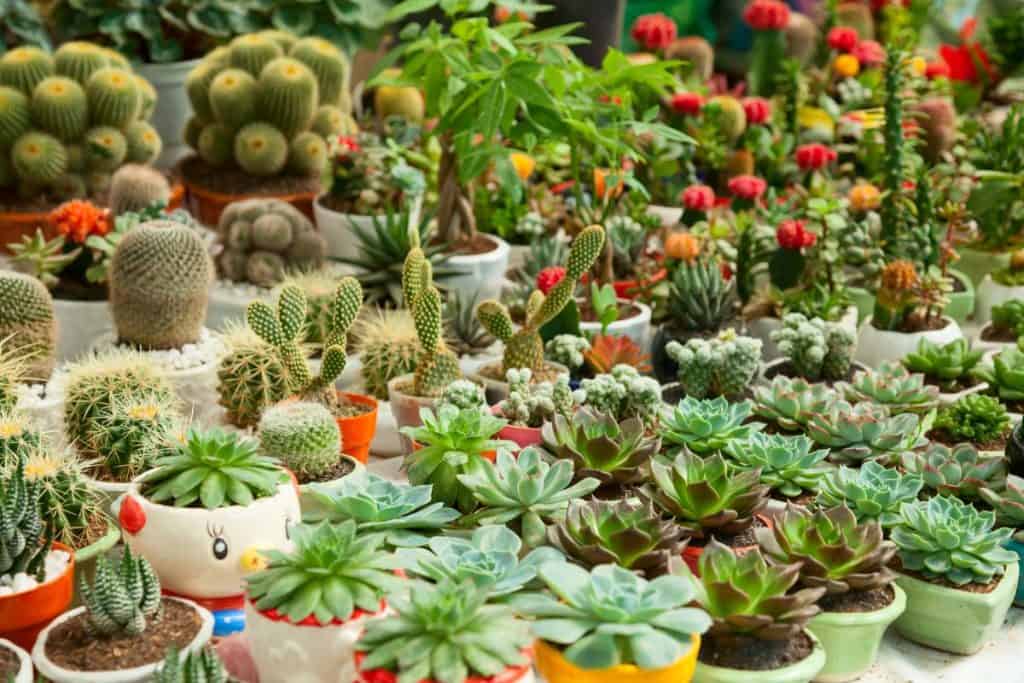Succulent Pot Secrets: The Ultimate Indoor Planter Guide
Struggling to keep houseplants alive? Not with succulents! These low-maintenance plant MVPs thrive indoors with little effort. But picking the perfect pot is key to succulent success. Let me spill all the juicy details in this ultimate planter guide!

Contents
The 5 Must-Know Factors
1. Drainage is Everything
Soggy soil = succulent killer! Always pick pots with drainage holes to allow excess moisture to escape. No holes? Create a layer of rocks or pebbles at the bottom to aid drainage.
Related Post:
Best Drainage Pots for Succulents
2. Mind the Material
Terra cotta and ceramic are A+ choices – they pull moisture from the soil to prevent rot. Plastic works but dries slower. Avoid unbreathable metal and glass that can overheat your plants.
3. Size Matters
Succulents actually prefer being slightly rootbound. A pot 1-2 inches wider than the plant base is ideal for a solo succulent. Leaving 1/2-1 inch between plants is perfect for arrangements.
4. Pot Type
Classic cups, hanging baskets, self-watering pots – oh my! Classic pots with drainage holes are fail-proof. Hanging planters are super stylish. Self-watering is perfect for the forgetful plant parent.
5. Hue for You
Think about pot colors that vibe with your decor style. Bright ceramics for boho charm, sleek matte for modern minimalism – the options are endless!
Top 5 Planter Picks
Bring personality to your plants with these cute 3.5″ ceramic pots! The quirky labels and bamboo tray make for an easy, mess-free setup.
Simple yet stylish, this 7-pack of 2.75″ white hexagon pots has geometric flair. The bamboo tray elevates the modern mini set.
For the animal lover, you can’t go wrong with these adorable 2.7″ owl planters! The 3-tier bamboo stand is the perfect perch.
Talk about a statement piece! This 4.92″ resin lady pot makes your succulents look like luscious locks. So glam!
If minimalism is your motto, these 5.5″ white ceramic pots with wooden stands are a dream! The hidden saucer keeps things sleek.





